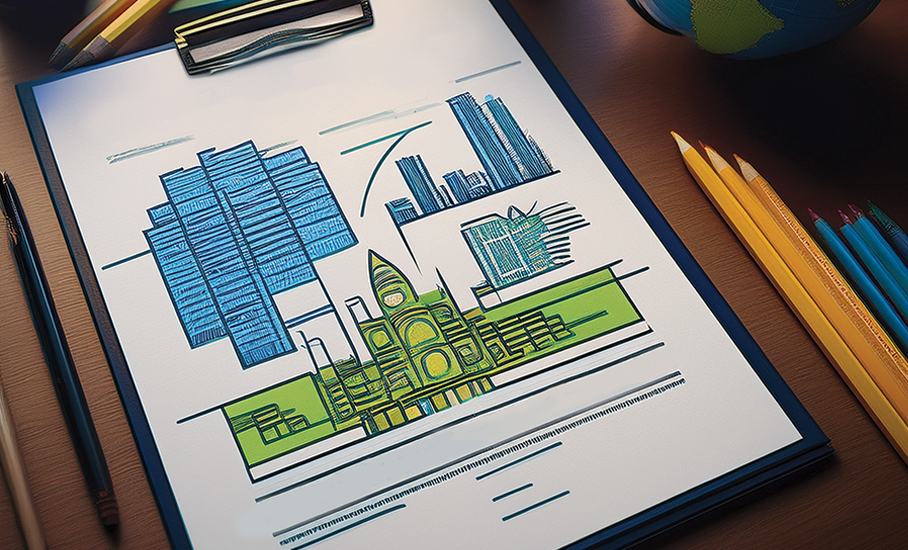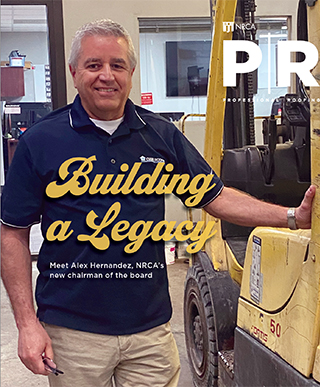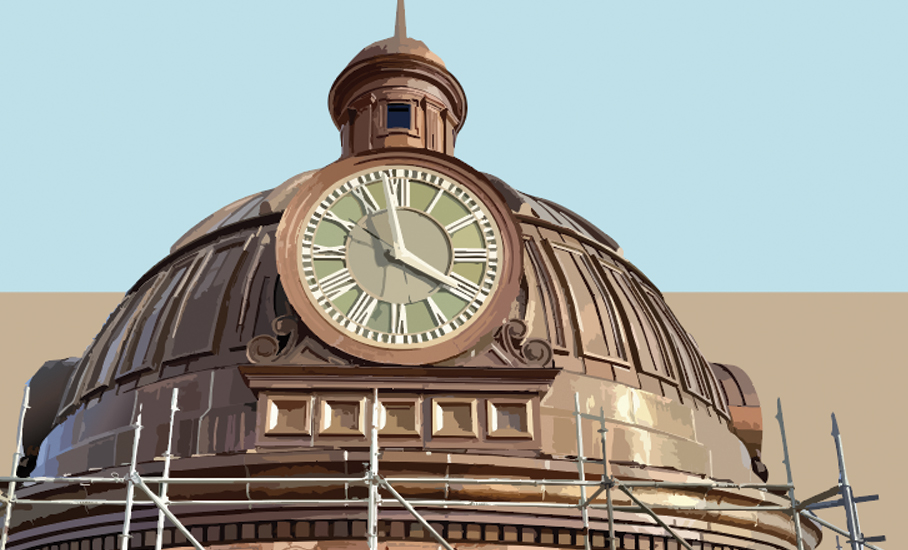
Roofing contractors often are go-betweens for roofing manufacturers and designers and building owners. This puts roofing contractors in an important position regarding sustainability because of how much potential impact roofing projects can have on the environment.
Doing business in a market increasingly focused on environmental issues means not only being aware of and documenting what is being done internally but also understanding and facilitating transparency among all stakeholders.
Roofing contractors are put in an important position regarding sustainability because of how much potential impact roofing projects can have on the environment.
Tracking embodied carbon, or the total amount of greenhouse gas emissions that occur during the life cycle of a building or infrastructure project, requires careful documentation through each stage of a roof system’s life cycle.
EPDs
The standard document manufacturers provide is called an Environmental Product Declaration. Although the creation of EPDs for construction materials used in roofing is not a roofing contractor’s responsibility, understanding EPDs is useful information that can be explained and shared with clients.
EPDs provide standardized, transparent, comparable information about a product’s impacts through its life cycle. Each EPD is unique, and creating it starts with identifying the product category rule.
ASTM International, for example, has developed a number of EPDs for roofing manufacturers. Some are industrywide for generic products such as “EPD for Glass Mat Gypsum Boards” and “EPD for SPRI TPO Single Ply Roofing Membrane” while others are tailored to individual products from specific manufacturers. ASTM International is one of many groups that develop these declarations for the roofing industry.
Product category rules are standard-ized and independently reviewed; they place products in specific baskets that lay out the appropriate frameworks for what needs to be considered in life cycles. They determine the functional units, system boundaries, data requirements and impact categories to consider.
ASTM International also develops and publishes 17 product category rules that are available for free online.
Specific building products may use a unit weight, length or volume as the standard metric, and a product category rule’s functional unit helps make comparisons between similar products possible without conversions.
Different products also may need to consider different stages in their life cycles or different ways in which they affect the environment. These are outlined by a product category rule’s system boundary and impact categories, respectively.
Life-cycle assessment
Within this framework, a life-cycle assessment can be created. A life-cycle assessment is the meat of what makes up an EPD and often involves product manufacturers collecting information regarding the extraction of raw materials used to make their products, the raw materials’ transportation and what goes into the manufacturing process.
EPDs, consisting mostly of life-cycle assessments based on their related product category rules, contain comparable information about environmental
footprints left by products. These environmental factors include not only global warming potential but also things like manufacturing energy used and water consumption.
What’s ahead
NRCA’s Sustainability Committee was formed with the objective to consider and determine roofing contractors’ roles in sustainability. The committee is developing a plan for how NRCA will communicate sustainability-related information to members, the roofing industry at large and consumers. More information will be available as this group continues to work to that end.

KURT FESTER
Project engineer
NRCA



